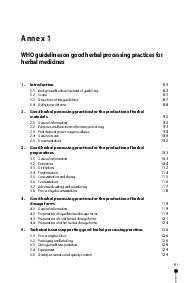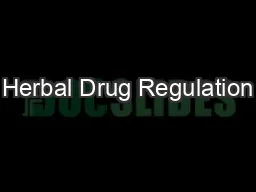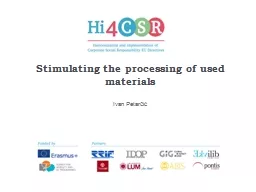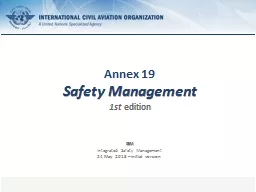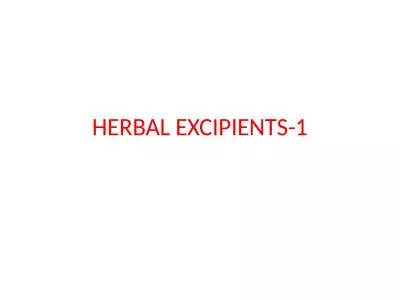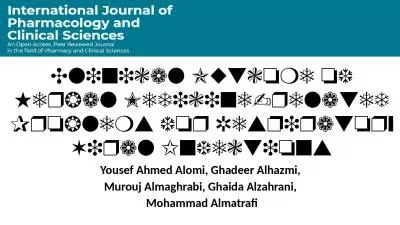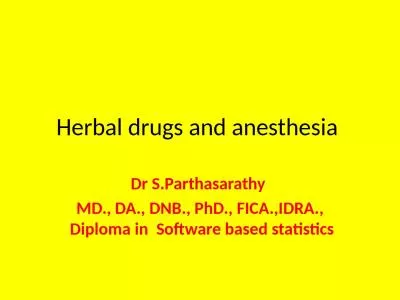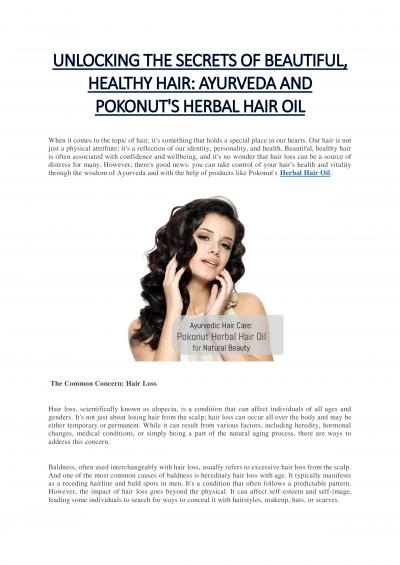PDF-Annex 1WHO guidelines on good herbal processing practices for herbal m
Author : payton | Published Date : 2021-09-24
82DocumentationPersonnelOther relevant issuesEthical and legal considerationsResearch research training and information sharingAdoption of good herbal processing
Presentation Embed Code
Download Presentation
Download Presentation The PPT/PDF document "Annex 1WHO guidelines on good herbal pro..." is the property of its rightful owner. Permission is granted to download and print the materials on this website for personal, non-commercial use only, and to display it on your personal computer provided you do not modify the materials and that you retain all copyright notices contained in the materials. By downloading content from our website, you accept the terms of this agreement.
Annex 1WHO guidelines on good herbal processing practices for herbal m: Transcript
Download Rules Of Document
"Annex 1WHO guidelines on good herbal processing practices for herbal m"The content belongs to its owner. You may download and print it for personal use, without modification, and keep all copyright notices. By downloading, you agree to these terms.
Related Documents

